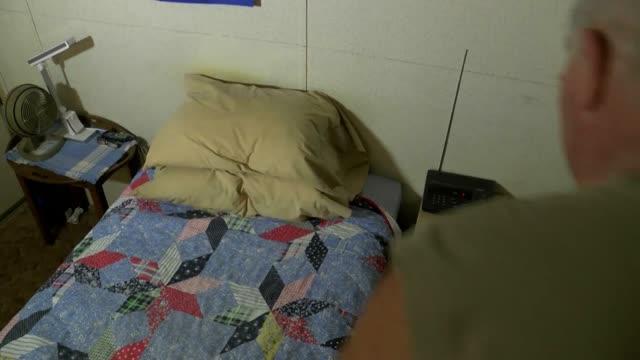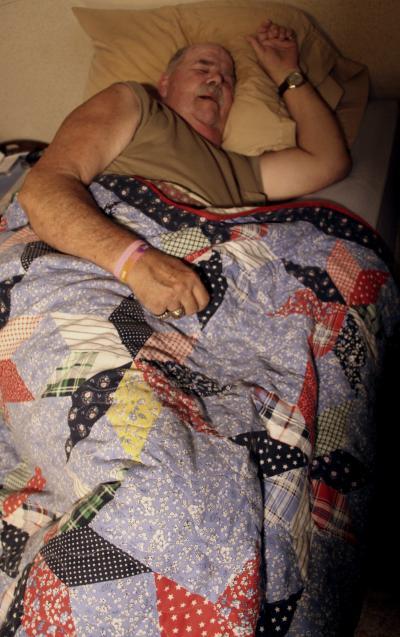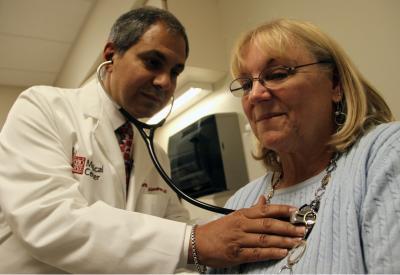Abraham and other cardiovascular researchers at 11 centers around the world tested the feasibility, safety and efficacy of a new transvenous phrenic nerve stimulator made by Respicardia Inc. The device resembles a pacemaker in that it delivers a regular signal to stimulate the diaphragm to breathe during sleep.
In the pilot study, 47 patients were implanted with the device and evaluated for six months. The implant was placed below the collar bone and a transvenous stimulator lead was positioned near the phrenic nerve. After a one-month healing period, the device was turned on and programmed to the patient's sleep habits.
Researchers saw significant results, including a 56 percent reduction in overall apnea events per hour and more than 80 percent reduction in central sleep apnea events.

A small implant being studied for the treatment of central sleep apnea is showing significant promise, according to study results presented by Dr. William Abraham, director of the Division of Cardiovascular Medicine at the Ohio State University Wexner Medical Center.
(Photo Credit: The Ohio State University Wexner Medical Center)
"The device normalized breathing during sleep, it reduced apnea episodes and, in association with that, we saw improvements in sleepiness symptoms and patients' quality of life," Abraham said. "We also noted a reduction in blood pressure in patients with hypertension."
Now researchers are comparing the device to current medical therapy for central sleep apnea in a larger randomized, controlled clinical trial. Ohio State's Wexner Medical Center is again the first in the United States to enroll patients in this research. Once study participants receive the implant, half will have the device turned on soon after surgery, while the control group will wait six months to have their device turned on. Up to 25 centers are participating in this larger randomized trial. Patients will be followed up to five years.
"If these initial findings bear out in the larger studies, an implantable device could be a good option for central sleep apnea patients who cannot tolerate positive airway pressure therapy," Khayat said.
Along with Abraham and Khayat, Ohio State's Dr. Ayesha Hasan and Dr. Ralph Augostini are also participating in this study.

Leslie McGuire was among the first patients in the US to have a pacemaker-like device implanted in his chest to help control central sleep apnea. McGuire had the device implanted at The Ohio State University Wexner Medical Center
(Photo Credit: The Ohio State University Wexner Medical Center)

Dr. William Abraham of the Ohio State University Wexner Medical Center says a pacemaker-like device implanted just under a patient's collar bone can dramatically improve the sleep and quality of life for patients with central sleep apnea.
(Photo Credit: The Ohio State University Wexner Medical Center)